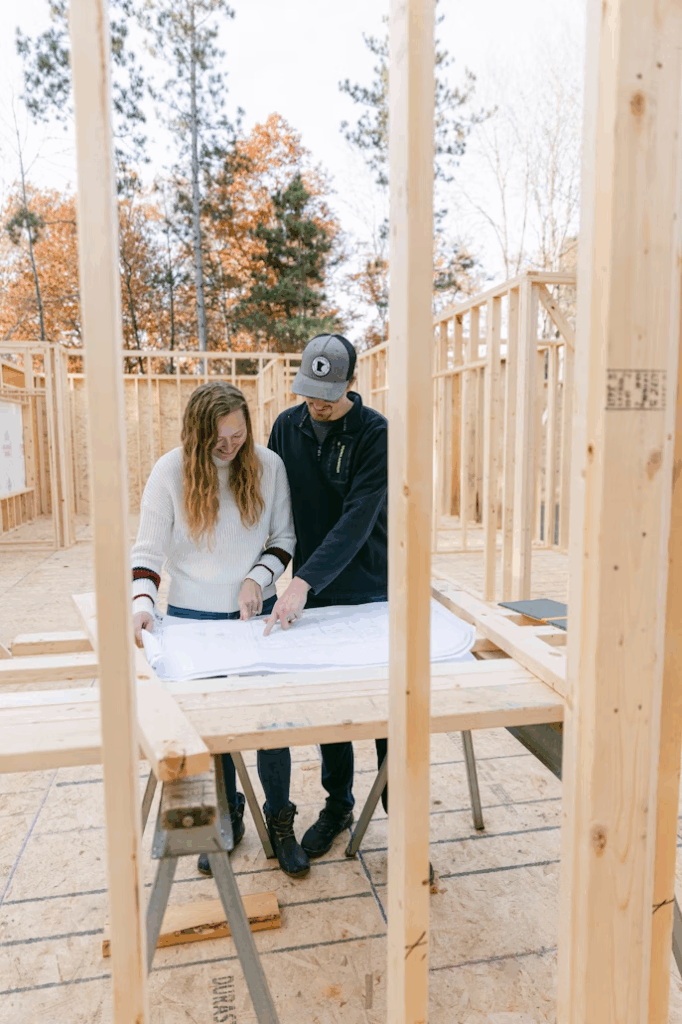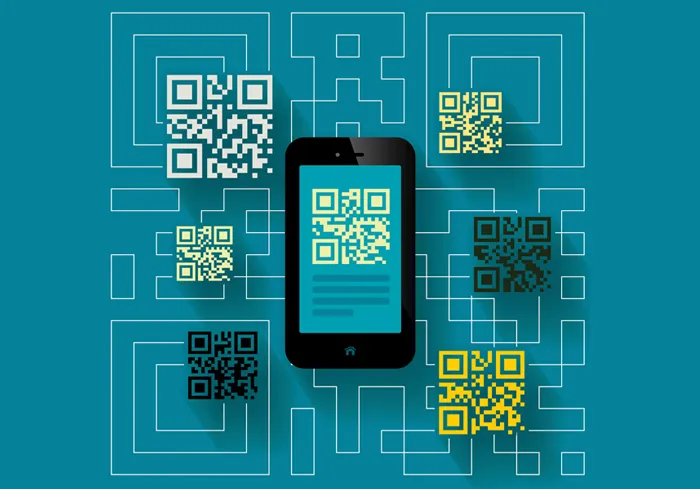
The home building industry is undergoing substantial transformation. After the momentum of the post-pandemic boom, builders and developers now face a more complex environment shaped by elevated borrowing costs, shifting buyer preferences, geopolitical supply-chain disruptions, and an accelerating push toward sustainable, technology-driven construction. Meanwhile, innovations in materials, digital tools, and factory-built solutions continue to open new pathways for efficiency and long-term cost reductions. Below are the major trends defining the industry in 2025.
1. Market Headwinds: Starts, Affordability, and the Tariff Squeeze
Through 2024–2025, housing starts have pulled back, particularly in the single-family sector. Demand has softened as mortgage rates and construction financing costs remain higher than in recent years. Permit fluctuations across regions have made forecasting more challenging, contributing to conservative land strategies and cautious release schedules among builders. Insights from a respected federation home builder organization highlight how these volatile conditions are placing unusual pressure on both small and large firms to adjust pricing, timelines, and product mixes.
Tariffs and shifting trade policies have introduced another layer of financial strain. Higher costs for steel, aluminum, appliances, and other essential materials have continued to raise construction expenses. Many builders have responded by rethinking specifications, pursuing alternative suppliers, or renegotiating contracts to regain cost stability.
2. Materials, Supply Chain and Price Volatility
Material pricing remains one of the most unpredictable aspects of residential construction. Lumber, steel, OSB, and engineered wood products continue to exhibit volatility, driven by global demand cycles and supply bottlenecks. Fixed-price contracts have become riskier, especially for smaller builders without the financial buffer to absorb sudden cost spikes.
To cope with instability, many companies now pursue multi-sourcing strategies, adopt just-in-time inventory models, or incorporate alternative materials that offer more consistent pricing. Builders are experimenting with innovative composites, recycled materials, and advanced engineered wood products to reduce long-term exposure to market fluctuations.
3. Labor Shortages Push Productivity Innovation
A nationwide shortage of skilled labor — from carpenters and framers to electricians and HVAC specialists — remains a central challenge. Retirements, slow apprenticeship growth, and migration shifts have tightened the labor pool and pushed wages higher.
These pressures have accelerated investment in construction methods that reduce onsite labor intensity. Offsite manufacturing, including modular homes, panelized wall systems, and factory-built assemblies, is moving rapidly toward mainstream adoption. By relocating repetitive tasks to controlled factory settings, builders can reduce rework, cut timelines, and mitigate weather-related delays. Productivity improvements in offsite fabrication are also helping offset labor constraints in high-growth markets.
4. Technology: Automation, AI, 3D Printing and the Digital Jobsite
Digital transformation is reshaping how projects are planned, coordinated, and executed. AI-driven estimating tools help improve accuracy and compress bidding cycles. Project-management platforms now integrate subcontractor scheduling, material tracking, delivery alerts, and real-time communication, reducing delays and misalignment.
On the innovation frontier, 3D printing is being tested for structural walls, decorative elements, and customized components that can be produced with minimal waste. Robotics is gaining traction for layout, painting, scanning, and repetitive finishing tasks. Although widespread adoption is still limited by regulatory standards, certification requirements, and capital investment needs, the trajectory is clear: technology is becoming a foundational lever for improved quality, predictability, and cost control.
5. Sustainability and Net-Zero Readiness
Environmental performance is now central to the value equation for both buyers and regulators. Net-zero-ready homes — featuring airtight building envelopes, high-efficiency HVAC, electrification infrastructure, solar-ready roofs, and advanced insulation — are rapidly growing in popularity. Builders increasingly view these features not as optional upgrades but as essential components of future-proof design.
Municipalities are tightening energy codes, and incentives for electrification, heat pumps, solar integration, and water conservation are expanding. Certifications such as ENERGY STAR, Zero Energy Ready, and Passive House continue to gain traction as builders seek to differentiate their products and achieve compliance in evolving regulatory environments. These homes not only appeal to sustainability-minded buyers but also improve resilience and lower long-term operating costs.
6. Buyer Preferences: Function, Flexibility and Outdoor Living
Today’s buyers prioritize flexible, functional spaces that can adapt to hybrid work, multigenerational living, and evolving lifestyle needs. Rooms that can serve as offices, guest suites, or hobby spaces are increasingly sought after. Instead of formal spaces, buyers are gravitating toward open layouts designed around daily use and practicality.
Additionally, outdoor living has become a key value driver. Covered patios, extended sliding glass walls, and seamless indoor-outdoor transitions remain highly desirable. Smart-home features, EV-ready garages, water-efficient fixtures, and enhanced ventilation systems reflect growing buyer interest in long-term cost savings, wellness, and comfort.
7. Regulatory and Financing Shifts
Local governments are reevaluating zoning and permitting frameworks to address affordability and climate goals. Many regions are embracing ADUs, higher-density zoning, and streamlined approvals for infill development. Energy codes are becoming more stringent, pushing builders toward higher-performance materials and electric-ready designs.
Financing trends are also shifting. Lenders are increasingly recognizing energy efficiency and operational savings in underwriting. Green mortgages, energy-efficient loan products, and resilience-based financing incentives are gaining traction. Builders who can demonstrate reduced lifecycle costs and improved performance may access more favorable financing for both buyers and large-scale developments.
Practical Implications for Builders and Developers
- Diversify procurement strategies. Multiple suppliers and longer-term contracts can stabilize material costs and reduce risk exposure.
- Adopt offsite construction for efficiency. Modular assemblies and panelization can significantly shorten build times and improve quality control.
- Design for electrification and sustainability. Net-zero-ready infrastructure is increasingly expected and can enhance long-term competitiveness.
- Invest in digital tools and automation. AI, drones, and integrated project platforms reduce delays and coordinate trades more effectively.
- Create adaptable, wellness-focused designs. Flexible layouts and healthy-home features align with changing buyer priorities.
Outlook
The next several years will be shaped by dual pressures: financial and regulatory challenges on one side, and transformative opportunities in technology and sustainability on the other. Builders who lean into innovation — rather than simply react to market shifts — will be positioned to lead in a low-carbon, digitally enabled housing future.
Offsite construction, advanced materials, and smart-home integration will continue to define competitive advantage. At the same time, efficiency, resilience, and adaptability will guide buyer decisions and policy development. As 2025 unfolds, the home building industry stands at a pivotal moment where modernization is not optional but essential for long-term growth.










